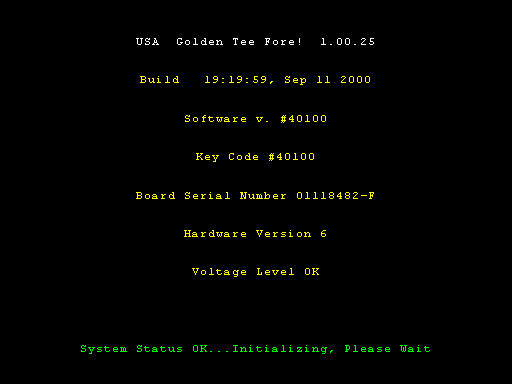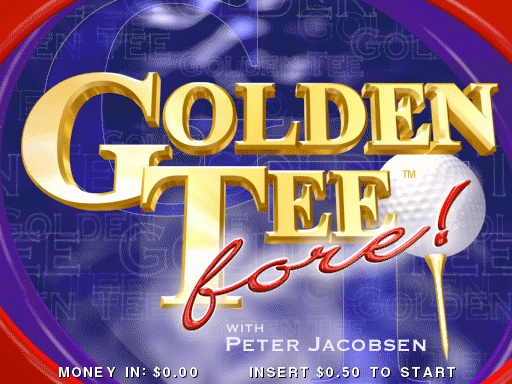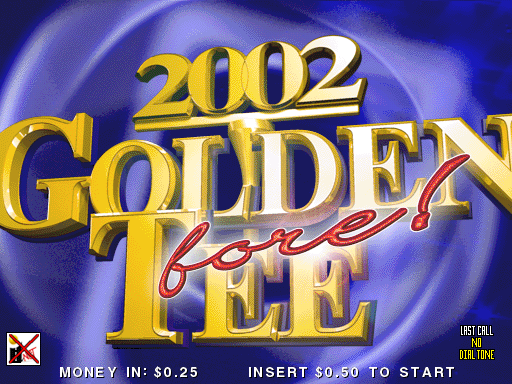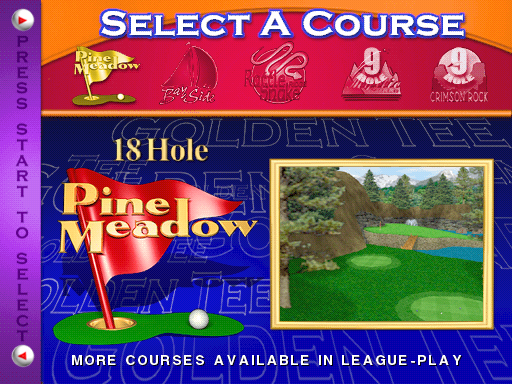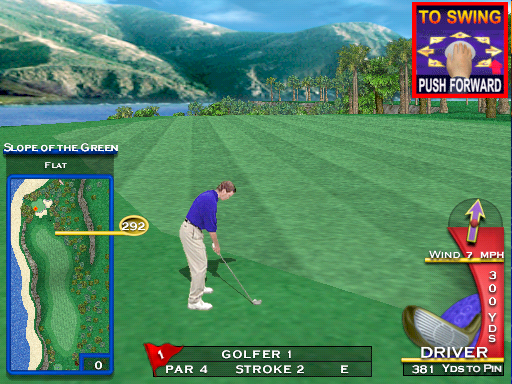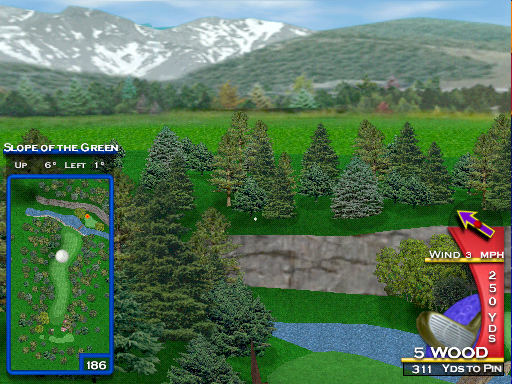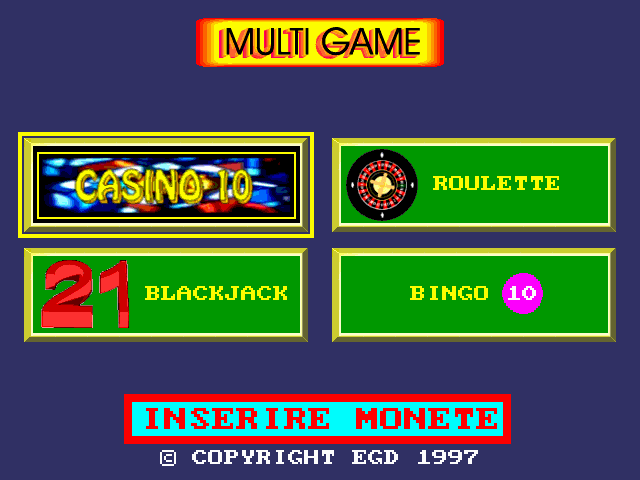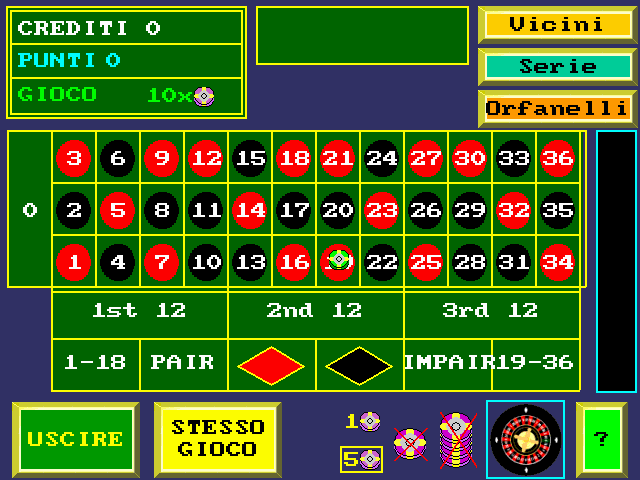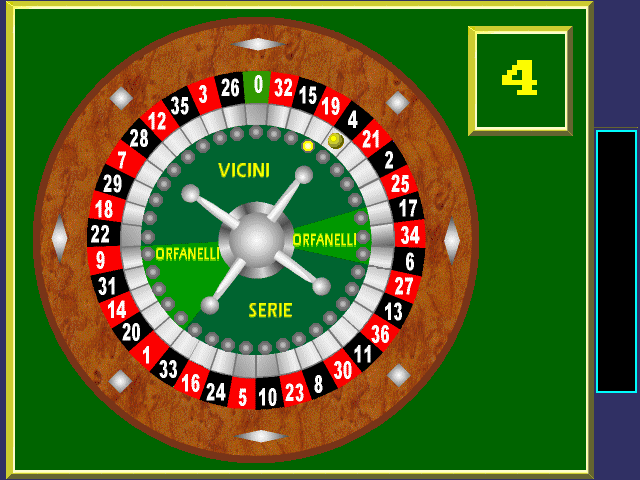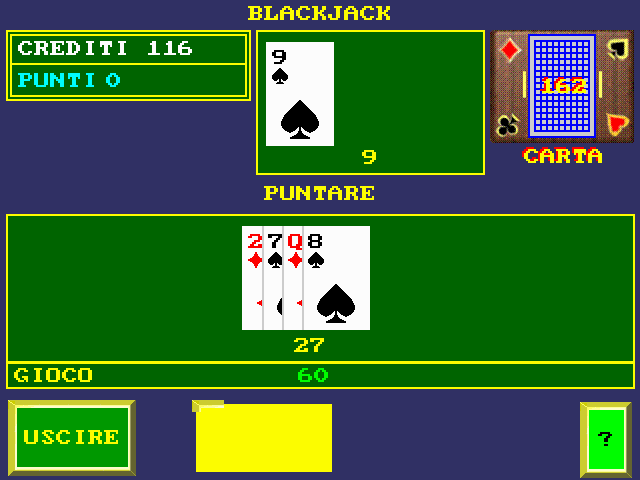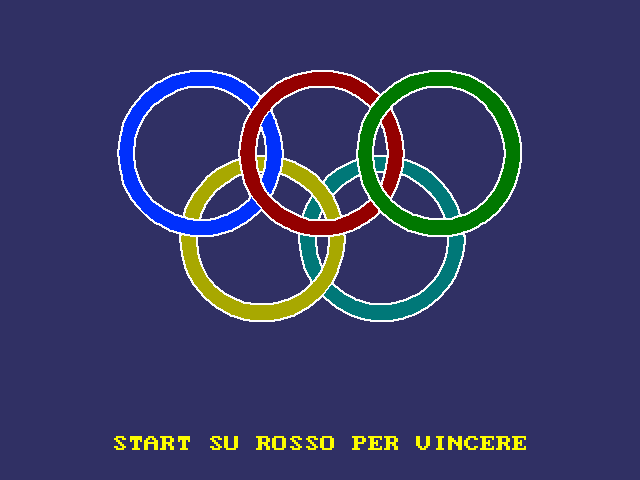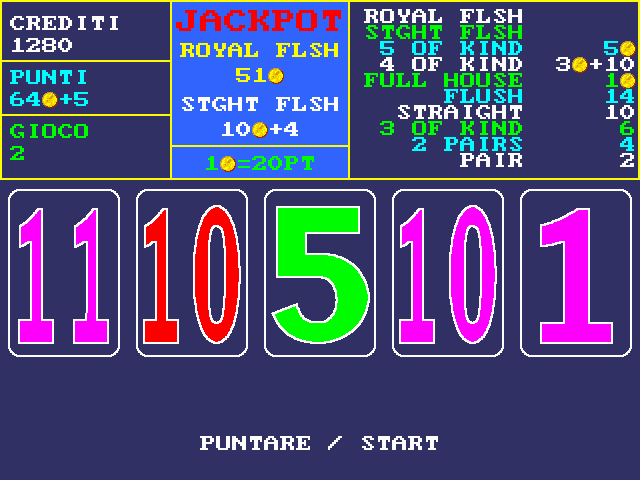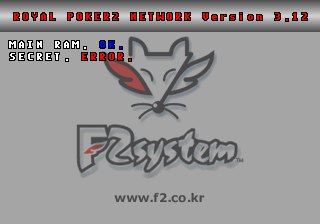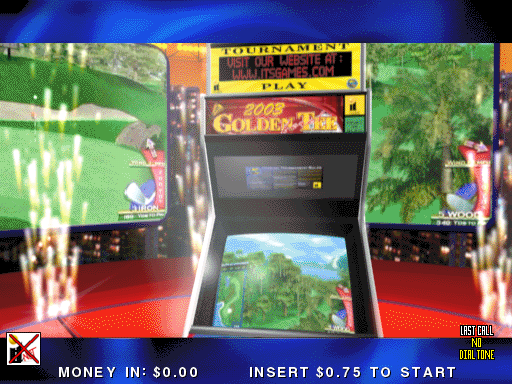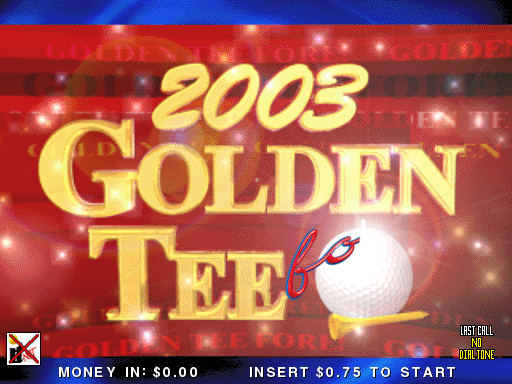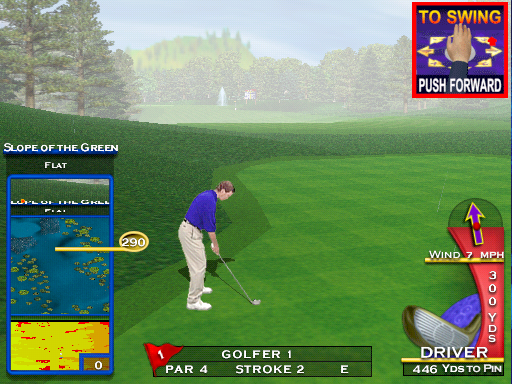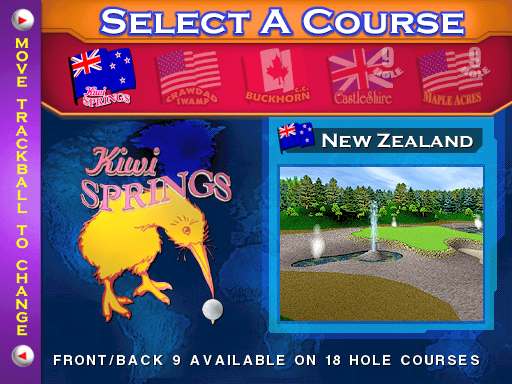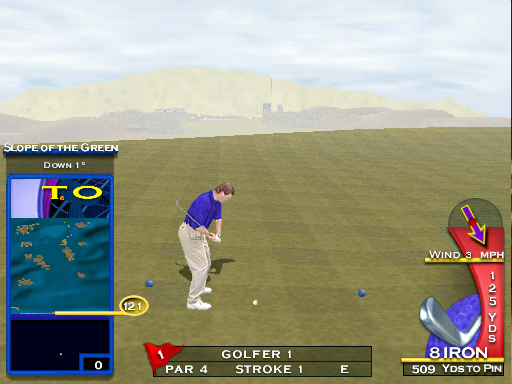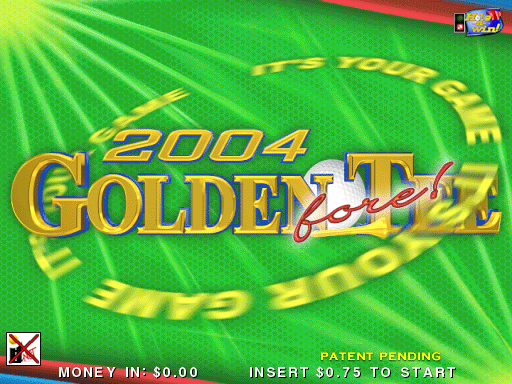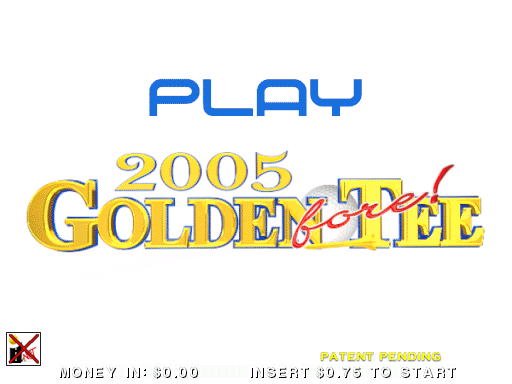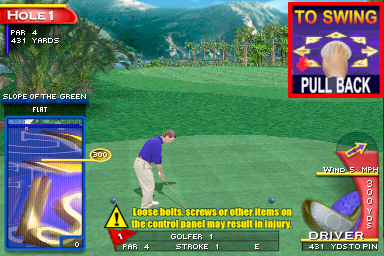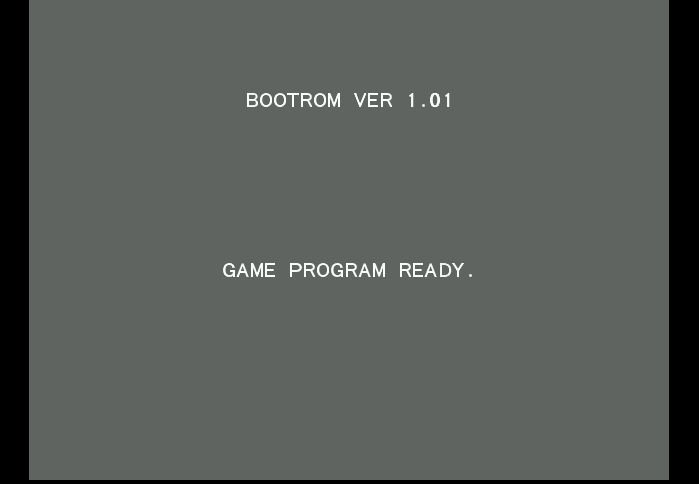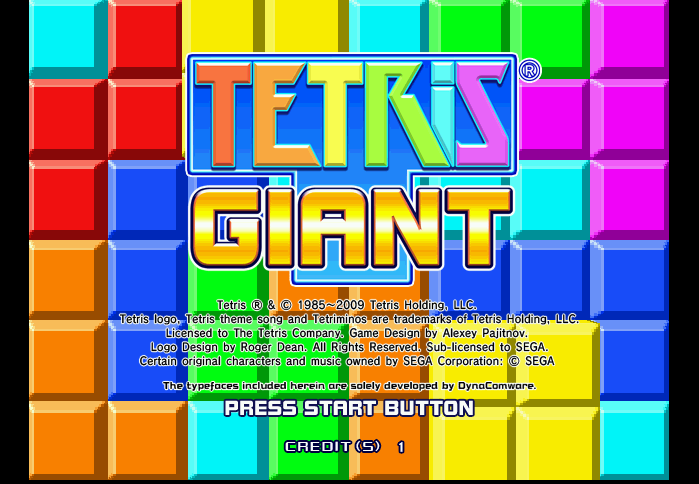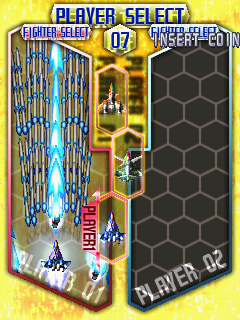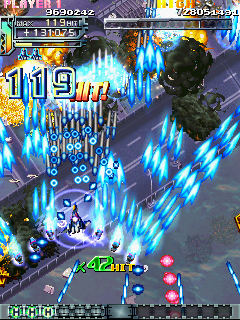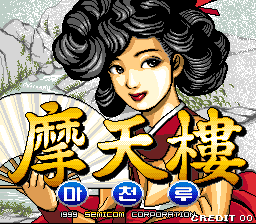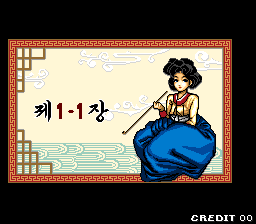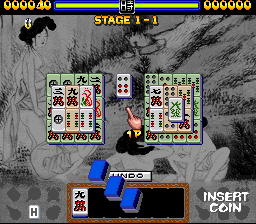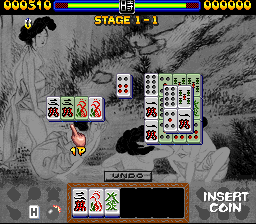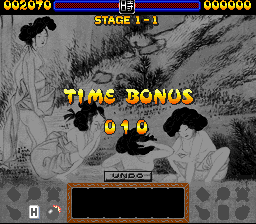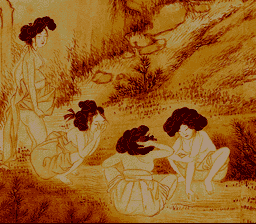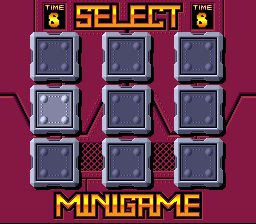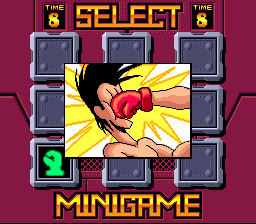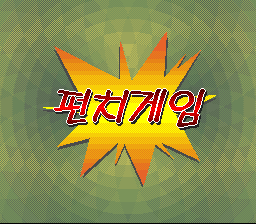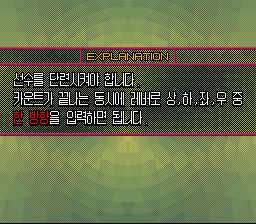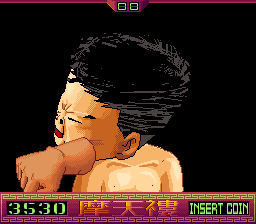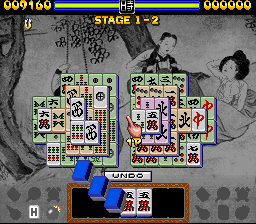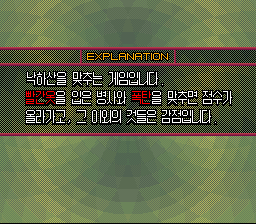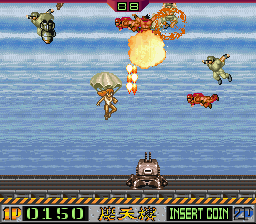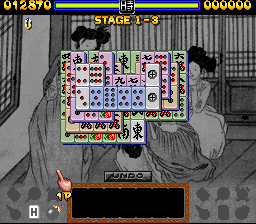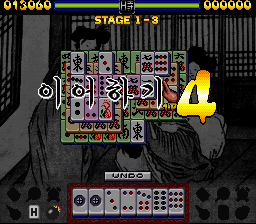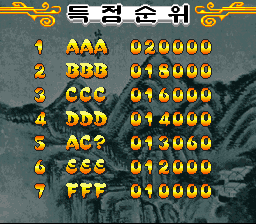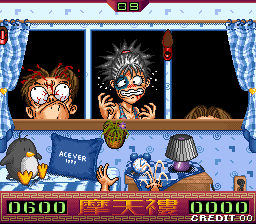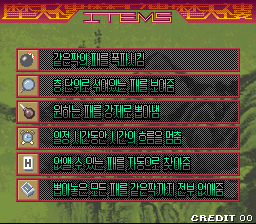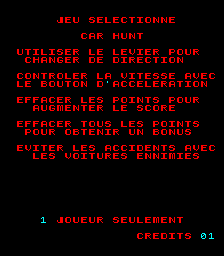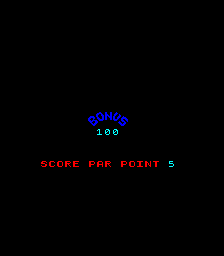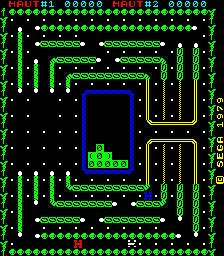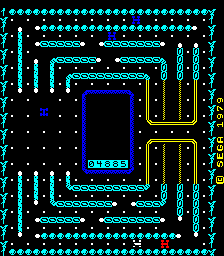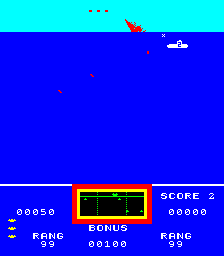As is now well documented MAME 0.162 is the first MAME build to officially ship with the MESS drivers included, giving you a whole host of extra capability for absolutely no extra cost on your part.
While this addition is aimed at showing the more serious side of the project it can also be a lot of fun. The big advantage is that you need only configure one emulator, MAME, after which you have, at your fingertips, the ability to run a whole lot more than ever before.
Let’s say you’re a fan of the Raiden series, you’ve likely experienced the original arcade version in MAME a few times, and maybe even recently Raiden 2 / DX which were emulated.




Prior to 0.162 that was the only version of the original Raiden you could run using MAME, for anything else you’d have to use a different emulator such as one of my UME builds, MESS, or various other console / computer emulators.
As of 0.162, without having to look at any other emulator you have the option to do so much more. Raiden had a lot of ports, maybe you weren’t aware of them, let’s look at some of them.
One of the best ports of the original Raiden was the one to the FM Towns / FM Towns Marty. This version, which is documented in the Software List, can be launched with “mame64 fmtmarty raiden” (make sure to use the Marty driver, not the regular FM Towns one, the keyboard / joystick input mappings conflict with each other on the FM Towns by default leading to control issues)
Visually it’s nearly spot on compared to the arcade version, gameplay wise it’s based on the Japanese version so it uses checkpoints, but what really sets it aside from the Arcade is the use of CD Audio for the soundtrack, meaning this game, while playing almost perfectly compared to the arcade also features a brand new arranged soundtrack at CD quality. The only thing it really lacks seems to be a rotation option, which is a shame if you want to run it on a vertical monitor.
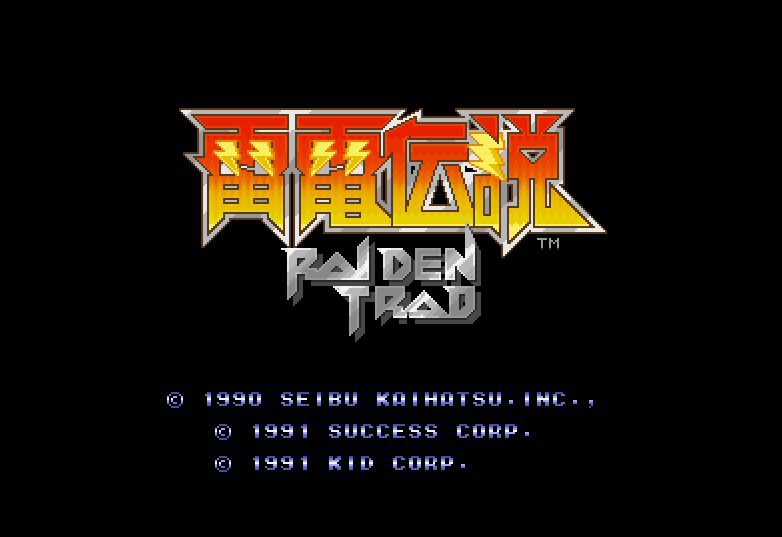
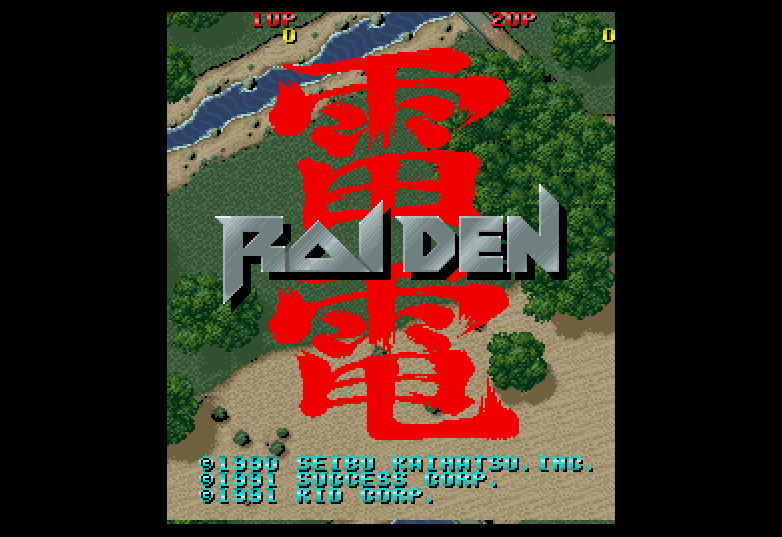
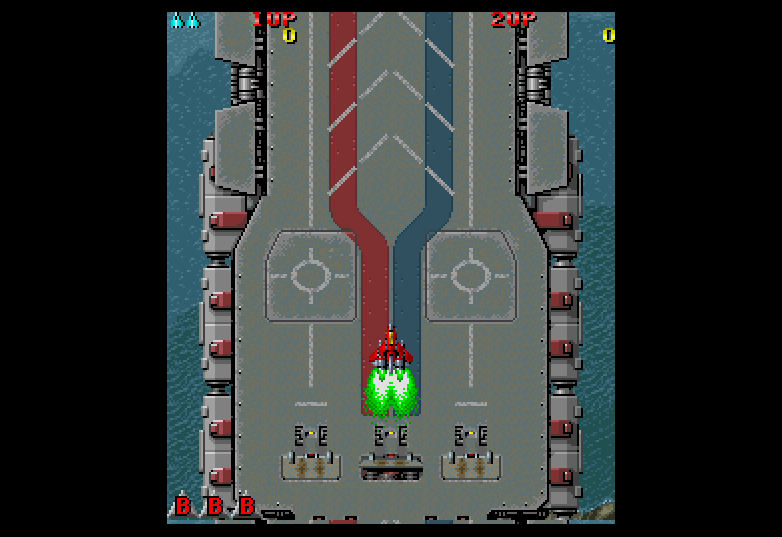
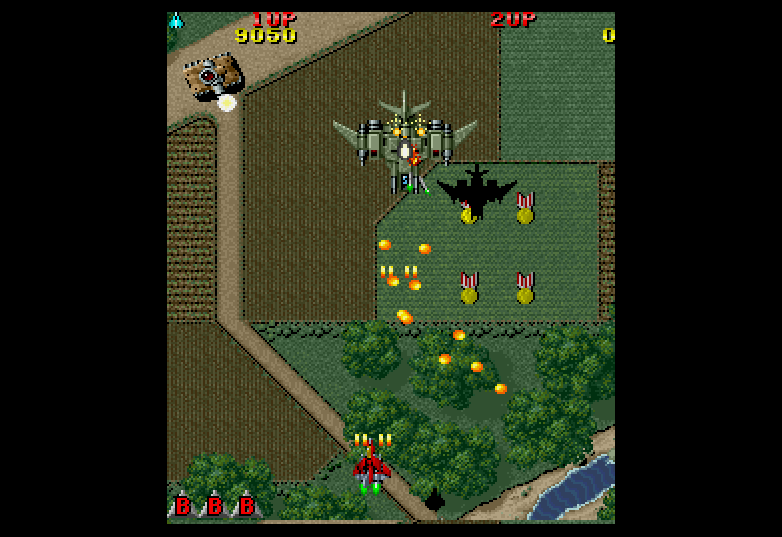
From one of the most accurate ports, let’s look at the most stripped down, the Atari Lynx version. Like everything covered here this in the Software List and can be launched with “mame64 lynx raiden”
Obviously this is a port to a very simple handheld system, so it only bares a passing resemblance the the original. It’s interesting in that (to my knowledge) it’s the only handheld port of the game, and actually managed to maintain the look and feel of the original game fairly well once you consider the system they had to work with.

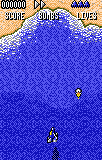

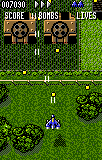
Back to fairly accurate ports let’s look at the Playstation release. This can be launched with “mame64 psu raidenpr” (Only the US version runs, there’s some kind of weird disc protection on the Japanese rips)
The Playstation version contains both Raiden and Raiden 2 (a very good port of Raiden 2 at that, possibly better than our current emulation) but for the purpose of this I’ll focus on Raiden 1. The graphics are the same as those found in the arcade game, it has both Horizontal and Vertical modes for if you want to use a Vertical screen (although you’ll need to remap the controls to play that properly, but MAME’s internal rotation at least makes it very easy to rotate the display)
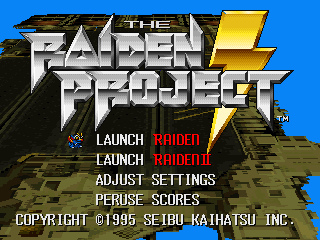
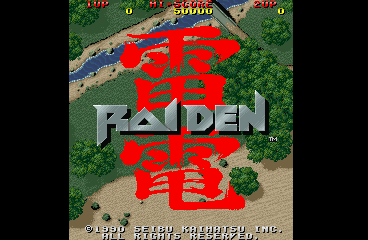
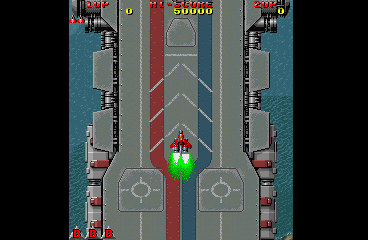
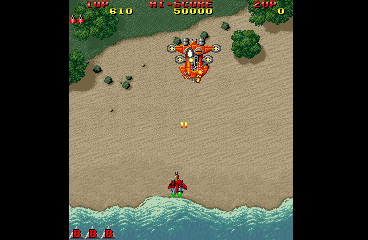
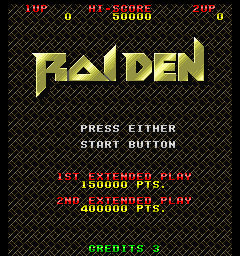
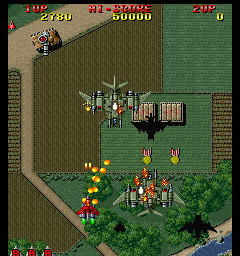
The PC Engine had 2 releases of Raiden, the original ‘Raiden’ was a regular cartridge game, while Super Raiden was a CD release with full CD soundtrack. Visually these are downgraded a bit from the arcade as it’s a weaker platform, but again they give you a slightly experience as a result.
The launch syntax for Super Raiden is the slightly more complex “mame64 pce -cart scdsys -cdrom sraiden” (because you have to insert the CD cart into the PCE cartridge slot in order to play CD games in the CD drive) For the regular Raiden it’s simply “mame64 pce raiden”






One of the worst ports of Raiden I’ve played is the Atari Jaguar one. While the console should have been more than capable of running a game like Raiden it appears that the company porting it simply created a game that looked a bit like Raiden, but really doesn’t feel much like it at all when you play, everything simply feels a bit off. The Jaguar driver in MAME isn’t very good and doesn’t run many games, but Raiden is relatively undemanding and plays fine. “mame64 jaguar raiden”
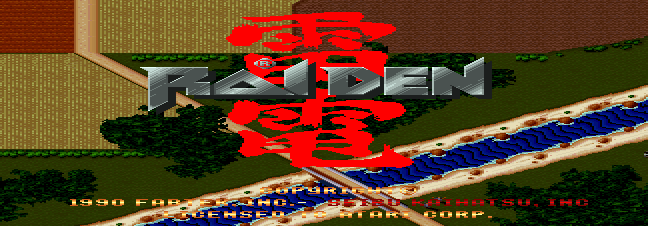
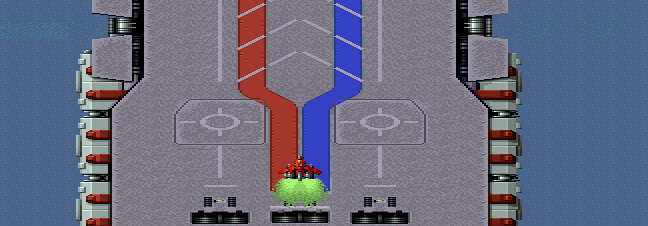
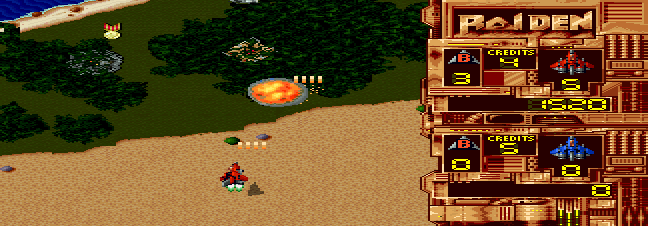
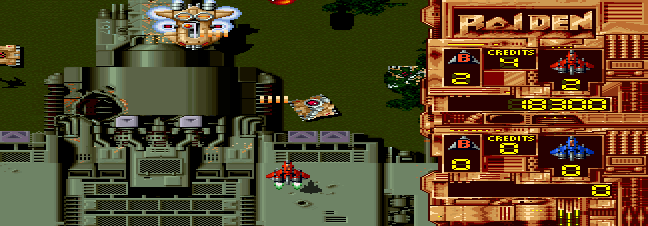
The Genesis port is the one I’m more familiar with, the colours are a bit drab compared to some of the others but it plays a good game and is actually one of my favourite shooters on the platform. “mame64 genesis raiden”
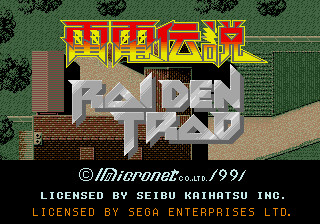
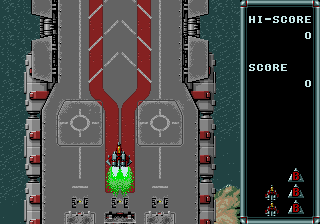
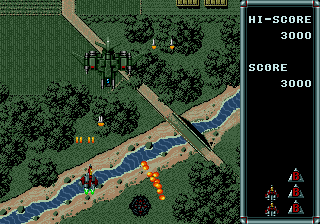
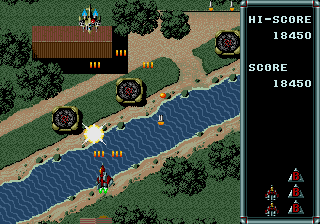
The Snes port gives you yet another take on it, visually it’s less drab than the Genesis version, and doesn’t have the side bar obscuring half the view (so in that sense it’s closer to the PCE version) but it does apparently have quite a lot of slowdown. “mame64 snes raiden”
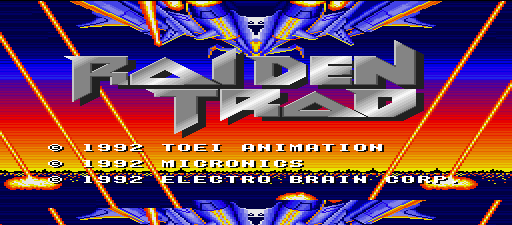
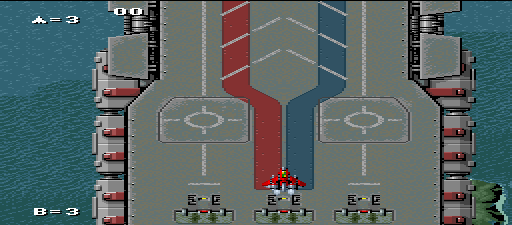
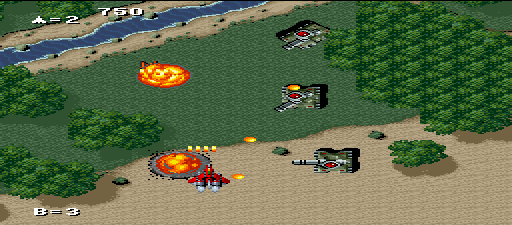
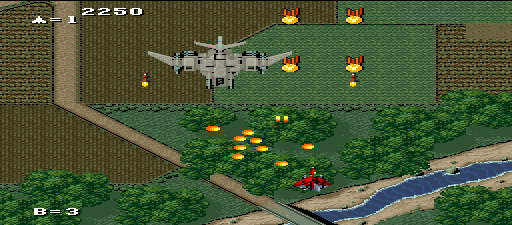
By integrating MESS in 0.162 we’ve given the opportunity for anybody with more than a passing interest in games to dig a bit deeper and see what they can find, to me that’s beautiful and being able to see all these different versions of Raiden without having to switch emulator at all is just pure bliss. I know some people are trying to throw a negative slant on it, and some of the builds that already like to do things we request aren’t done are already stripping out the extra content along with the nag screens (the main one of which was actually already removed in 0.162) but in the end that ends up being their loss, I’ve already read people saying they’re going to migrate away from those builds because they no longer offer the full MAME experience.
There is actually some other stuff that’s brand new to 0.162; emulation of the original Tamagotchi is actually a landmark moment, as a piece of technology it had a huge influence, and the emulation of it is easily as significant as the emulation of the original Pacman arcade, just remember to run it with something like “-prescale 3” to avoid it being a blurry mess.


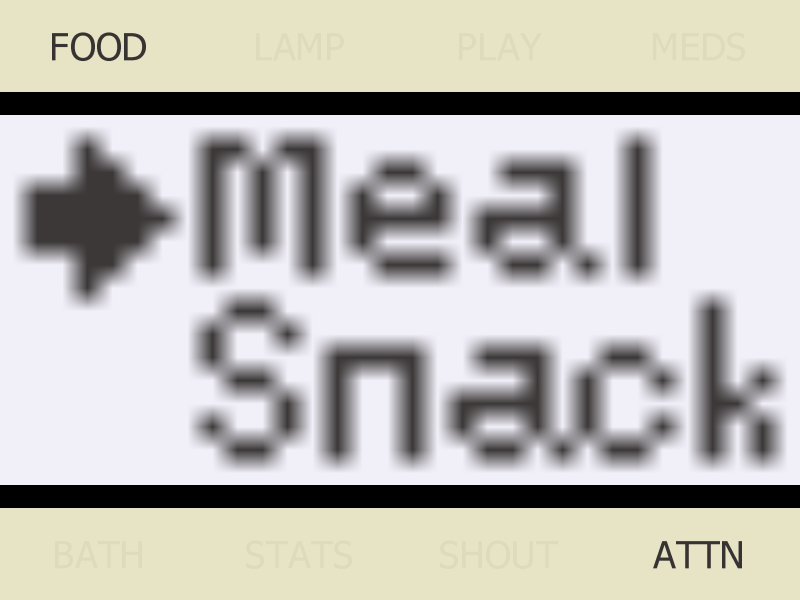

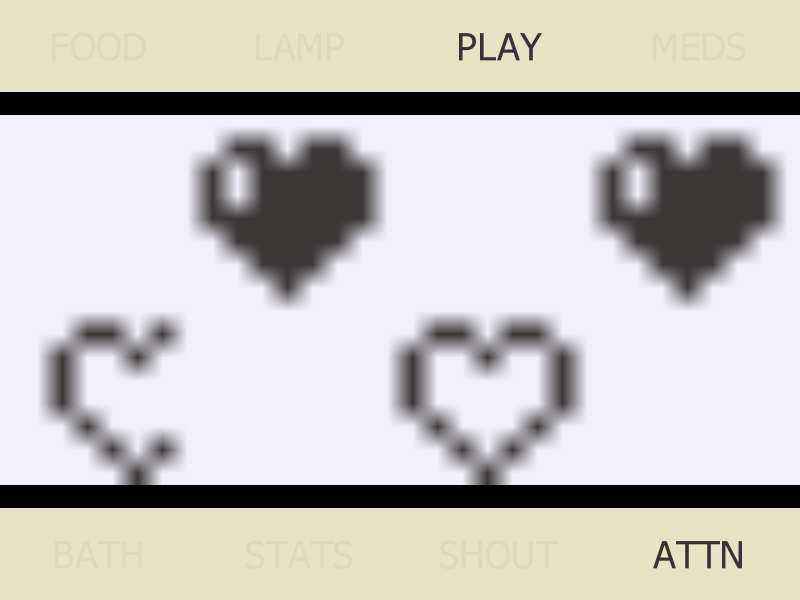
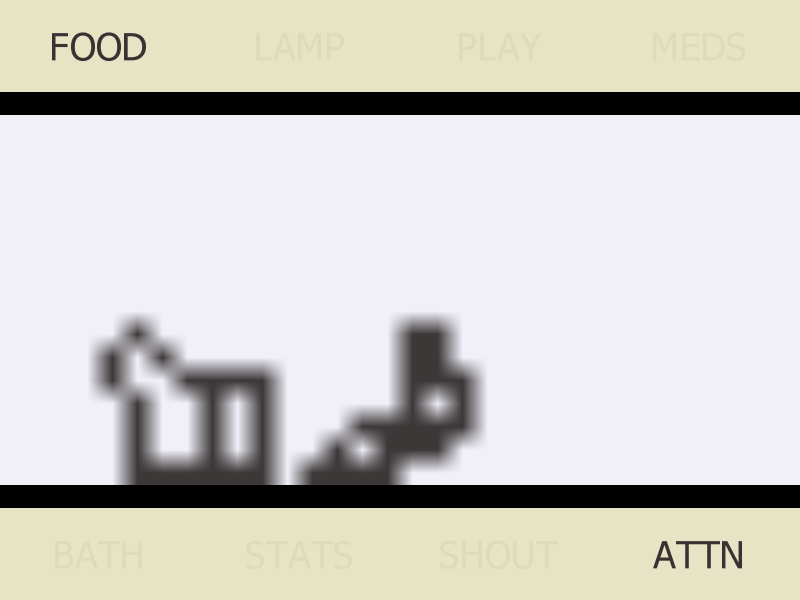
The Golden Tee Fore! stuff already mentioned is also working in 0.162; if you have performance issues be sure to set the resolution dispwitch to Low, that way a high end i7 should run it without frame drops or audio stuttering.
My message is simple here however; if you’re willing to embrace the changes made to the project, put a bit of effort in to learn how the new content works, have an open mind to explore some of it, and want to get a real insight into the industry back then, including how the arcades and home systems influenced each other, which software houses worked most closely with the original manufacturers to provide accurate ports, and where developers too liberties etc. then the new look MAME 0.162 is likely to be the first step in providing a very worthwhile experience.
If you’re closed-minded, unwilling to accept change, are lazy, or just want to be rebellious on the other hand, I can understand why this might not be for you ;-)


